Just like the girl next door, 5.56 NATO had it all along and you just couldn’t see it.
One of the interesting parts about being a gun writer, in particular for these esteemed pages, is that I get to see some of the interesting behind-the-scenes stuff that goes into creating new guns and ammunition. However, one of the main things that a good gun writer does isn’t just hyping up the latest gear. Instead, it’s looking at what we already have … and what we may have taken for granted in the fray of a heavily commercialized industry.
As a result of my station and the barrage of new cartridges, I often get drawn into the conversation: “Do you think 5.56 NATO is going to get replaced by this or that?”
Well, if you look at what has happened and what likely will happen, the 5.56 has objectively wiped the floor with virtually all rifle cartridges in overall popularity, and it’s substantially better than its reputation would suggest.
Let’s look as to why this little cartridge is, and shall remain, the most popular in America.
The Girl Next Door
Conversations surrounding the 5.56 NATO (and .223 Remington, I will spare you the technicalities here and just refer to them as the same thing because, in all reality, they nearly are to end users) have come to be centered around just how bad it is and what needs to replace it. I recall reading articles in gun magazines when I was in high school about how the 5.56 wasn’t performing in Iraq and Afghanistan; people wanted something better, and there needed to be mass replacements for anything else.
Yet, for all this, the failure points identified were completely arbitrary—and even completely irrelevant. The big one was, “Well, it can’t stop a car easily,” or “It won’t bust an engine block.” As if any small arms cartridge was going to be objectively good at this that fits in an AR-15 frame. Then, we had the “enemy fighters are being hit XX times and keep fighting” trope that lasted a while.
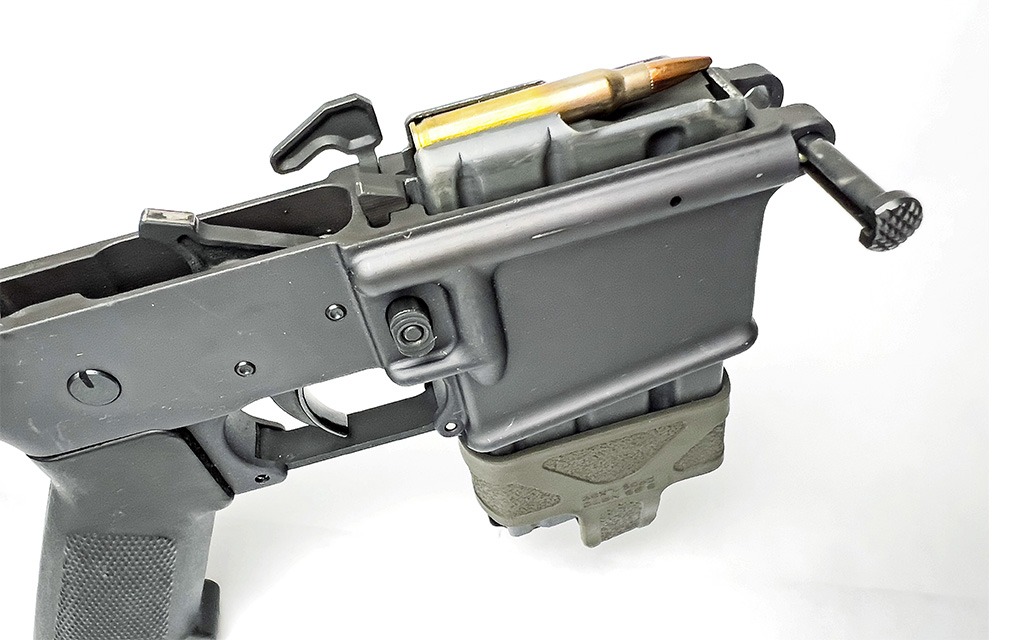
But, right at the same time, the 77-grain 5.56 loads in the MK12 were apparently laying waste to thousands of enemies per hour. Hell, we couldn’t dig graves fast enough. While this is an exaggeration, at the time this level of cognitive dissonance was absolutely present, and it has stuck with us into the modern day. The 5.56 was always pretty good, bullet choice being the most important part of the equation. Bear in mind, we had 7.62 NATO this whole time, yet it was only 5.56 that faced common ire.


I feel the criticism of the 5.56 cartridge is based solely on having too much of a good thing, to the point that we get bored with it or lose respect for it. It’s sort of like the girl next door in a way: You keep thinking you can somehow do better, but she’s always there waiting for you when you come home.
Maybe she really had it all along and you just couldn’t see it.
The hyperbole here goes pretty hard. I can’t find a single person who wants to be on the receiving end of 5.56 despite it being often disparaged as underpowered, poor at incapacitation, too small for deer, etc. Yet, at the same time, it’s undoubtedly the most common chambering for defensive rifles, and we see it used lethally in all sides of the many horrifying conflicts we have going today—from Ukraine to the Gaza Strip and all other war zones around the world, not to mention in terrorist attacks and police interventions. The 5.56 is fielded by the majority of the world to the point that it’s even, by misadventure, a standard cartridge for the Taliban government in Afghanistan.
It’s not going anywhere, but what is it about the chambering that keeps the “replacement” rhetoric going in American gun circles? There is a simple and somewhat disappointing answer: blatant, short-term consumerism in our industry, along with the military’s material response to the last war it fought.
Hindsight is always 20/20.
The 5.56 in most all forms is absolutely lethal when it comes to killing people, and I don’t want to tone it down for political sensitivity. You’re not putting together a home-defense rifle for zombies or some fictional monster; it’s for human attackers. I dislike it when the sanitized versions of this talk have desensitized and even infantized the 5.56 into some kind of toy cartridge; it’s a fighting cartridge, and it has somehow been reduced to a high-volume plinking round that guys blow through role-playing in tactical gear.
We have, at this point, become so familiar with the 5.56 that we’ve lost perspective and respect for what it can do in the roles it was designed for … and in those it’s almost impossible to beat. It’s low recoil and great for beginners, but in reality, you don’t need to go much above it.
The beauty of the AR-15 and 5.56 NATO pairing is that it’s tremendously easy to use, and its inherent strength is that it’s lightweight, accurate and has a short learning curve. More power doesn’t always mean more performance, and that’s something that tends to go over lots of heads.
Yet, here we are, throwing more new cartridges at the wall to see what sticks.
The Limits of Invention
I mentioned above that the truth of the “replacement” matter is that of consumer interest. Designing new cartridges creates demand for new barrels and bolts, but every new rifle cartridge, no matter how great, will struggle to succeed if it doesn’t fit into the AR-15 or AR-10 magazine well, excluding things like long-action cartridges of course (but then again, those have to compete with .30-06 and .300 Win. Mag. … good luck).
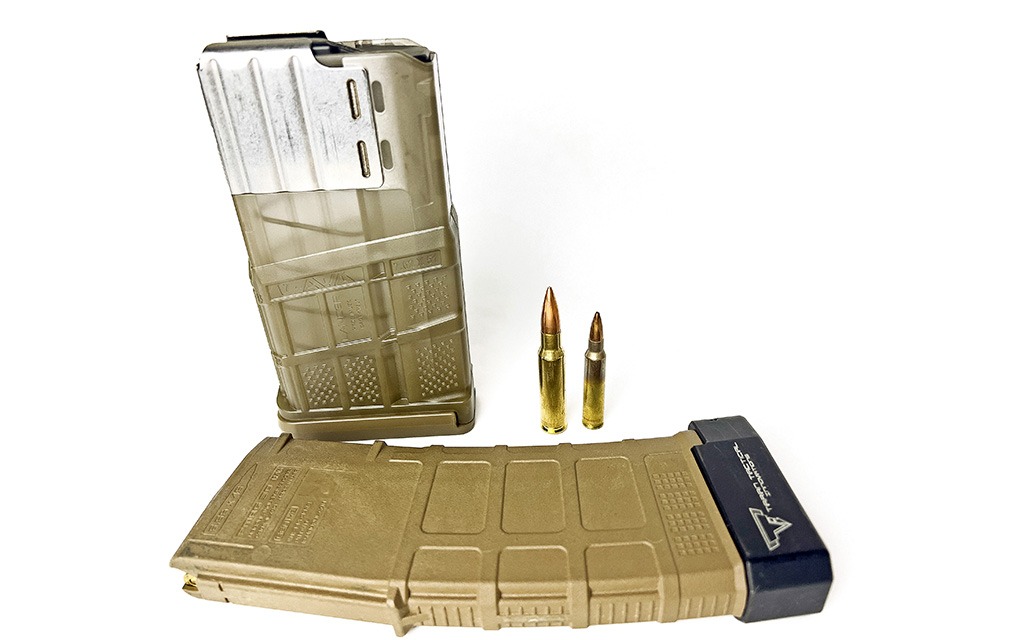

The 5.56 will always be the baseline for all similar cartridge development. The rifles are designed around it. Mil-spec exists around it. Barrel dimensions, muzzle threads and just about everything out there is based on the groundwork of the AR-15 and 5.56 cartridge. As a result, we’re inventing things that fit in that box. The reason the 5.56 will never go anywhere is that it is fundamentally ingrained in the DNA of all rifles today and has, for the most part, been influential in the idea of mass standardization.
This type of thinking isn’t inherently wrong, but in practice it makes it so that we have a baseline and we change a few parts out to make the base gun work “better” in certain roles that demand specialization or standardization. Yet, the baseline is still acceptable and, in many cases, preferable. There’s little that the 5.56 can’t do in practical terms, but there are things we want the base rifle to do a bit differently.
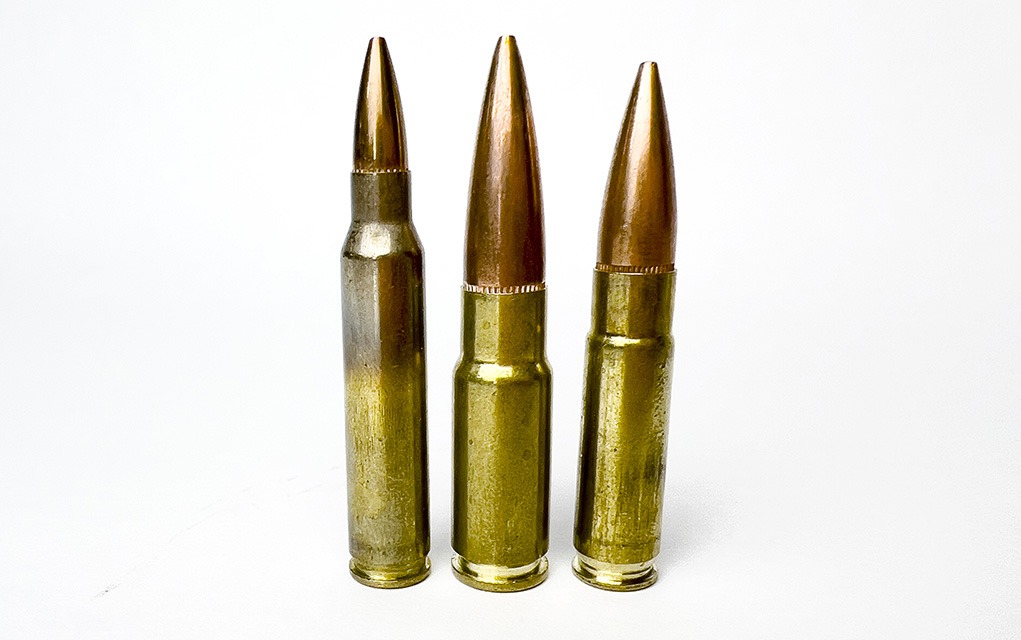

A good example of this is the .300 Blackout, and even the new .338 ARC. The 5.56 can’t really do subsonic well, so AR-based subsonic cartridges take this role. I like to see this innovation happening: a non-competitive, specialized round that doesn’t pretend to play in the 5.56’s backyard. Doing so is a sure way to struggle, because the 5.56 has most bases covered in the supersonic arena.
The Struggle is Real
Let’s look into why other rounds have a hard time competing in the supersonic range.
We’ve come very far with development in terms of what the 5.56 can do. Indeed, the 77-grain Black Hills MK262 is extremely hard to beat unless there are special-use circumstances. We have in the ARC cartridge family some real, interesting design, and Hornady has been doing a tremendous job in this respect.


I was skeptical about the success of this cartridge family given that, in the early war years, there were significant and loud voices crying out for the adoption of “better” rounds like 6.8 SPC and 6.5 Grendel. These rounds existed for a while and managed to be at least somewhat popular, but ultimately their success was short-lived, as better bullets were introduced in 5.56. The bloodline of the 6.5 Grendel was ultimately continued with the ARC family. There are now several cartridges that work in the AR using 6.5 Grendel mags and bolts, making it a viable alternative to the 5.56 family that shares the same mags and case heads.
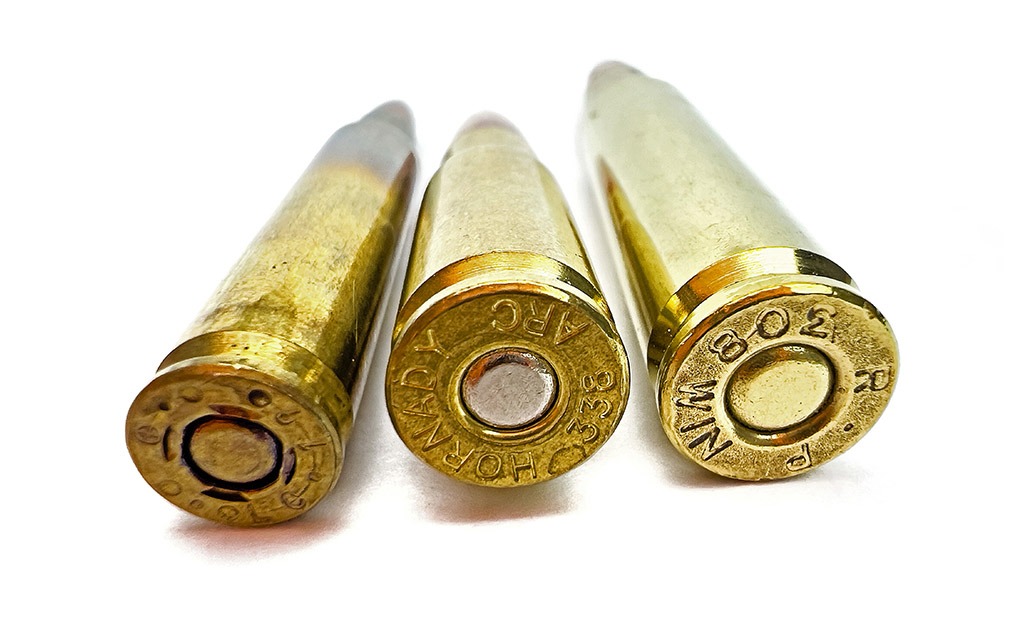

The 6.8 SPC never really caught on like it should have, but it was something of a bastard child because it didn’t have the weight savings and low recoil of 5.56, or the low cost of 7.62x39mm, making it a good idea with little room for further development. For medium game, it was at least somewhat better than 5.56, but the jury remains out considering there wasn’t much development in the lightweight .270-class bullets that it needed by the time it began to fall from manufacturer sheets. While it could be argued that it was objectively an improvement over 5.56, there was no room for it considering that it didn’t do much better overall than 5.56—and at the same time falling well short of 7.62 NATO performance.
The ideas behind other well-designed cartridges, like the .224 Valkyrie, were also somewhat similar in that its mistake was being .22 bore. The ARC family addressed this by introducing a .22 bore addition after they had success with their 6 ARC, all of which made use of the 6.5 Grendel magazine and bolt. The .224 Valkyrie uses the 6.8 SPC mag, making it harder to find and more expensive given the lack of the parent case’s popularity.
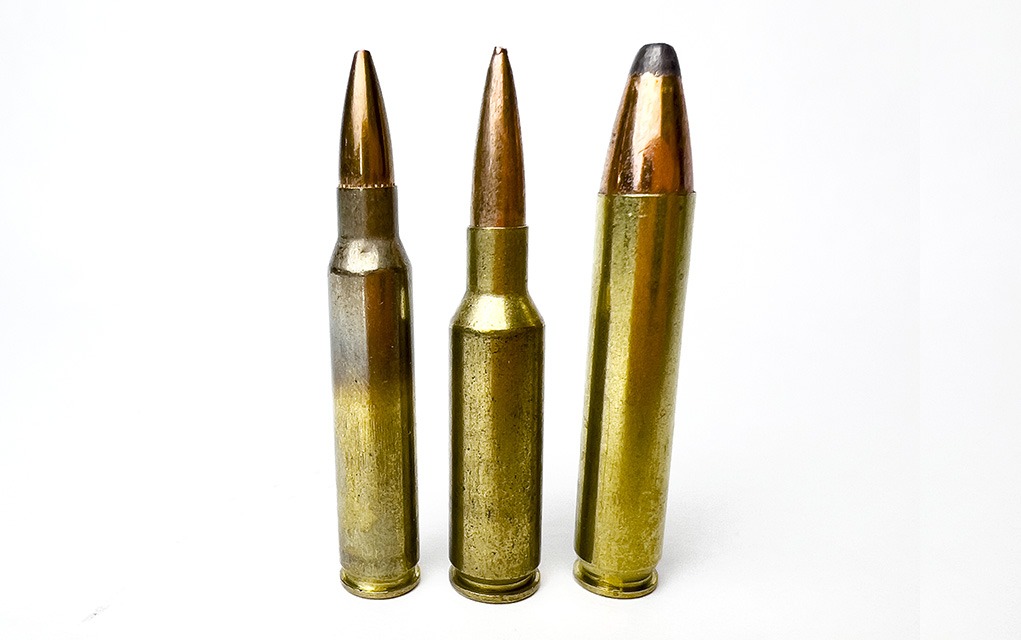

An interesting outlier is the .300 AAC Blackout, a round that’s not all that great, but it met a specific need at a specific time … and it helped usher in the modern suppressor era. While it was originally intended for shorter barrels in subsonic form, the majority of rifles made for it today are 16 inches. As a result, it has a wide range of supersonic options available that do perform quite well, very much in 7.62x39mm territory for energy and velocity, if not a little on the lighter end.


It would be uncouth to give credit to AAC for this round; JD Jones had the .300 Whisper well before it and the AAC variant was just a better marketed version of what already existed. The .300 BLK met great success because it didn’t try to best the 5.56 in the supersonic arena, instead offering a base-gun alternative for short barrels and subsonic speeds using the same bolt and magazines. It’s only a barrel change on the base 5.56 AR-15.
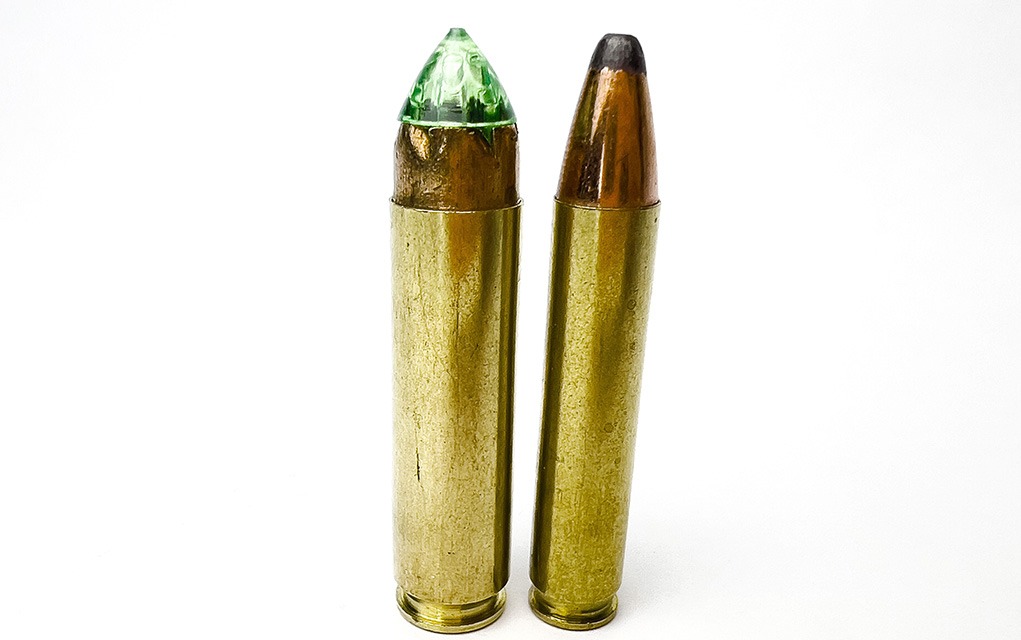

We see other commercial success is in the rounds made to adhere to legal regulations in certain hunting areas that require straight-wall cases. These rounds are an intentional handicap to the hunter: There’s no objective benefit in terms of ballistics, and it could be argued that they are unethical in practice due to a deliberate rejection of efficiency in trajectory. Taking a mature, modular and advanced platform like the AR-15 and making it work with 19th century case designs in order to make some know-nothing bureaucratic stooges feel “safer” about Elmer Fudd shooting Bambi is why we have these rounds at all.
History Repeats Itself
The 5.56 isn’t going anywhere anytime soon, especially given the foothold it has with military use. In many ways, we’re bearing witness to the same situation we always have in terms of fighting rifles: The new bi-metal case 6.8 cartridges and corresponding large-frame rifles are large and heavy. While extremely advanced, the weight factor and subsequent lower number of rounds that can be carried echoes the same concerns the American military faced in the jungles of Vietnam. People love to disparage the M14 because it was a rifle built from lessons learned in the previous war, yet here we are … doing essentially the same thing.
The thing is, the benefits of the 5.56 haven’t changed at all, and the demands it fills are still relevant. System weight, manufacturing support, spare parts and many more concerns will always exist. And while the new rifles are quite interesting and boast impressive features, I doubt it’s even possible to dump the 5.56 considering that our small arms technology is nearing a century old. The M2 machine gun is going to stay, same with old tech like the 9×19 cartridge, .50 BMG, 7.62 NATO and more.
Some things will of course change, but from a standpoint of practicality, we will not so much replace as much as we will keep adding to what already exists. In the next decade, there will be more military cartridges in more guns, not less.
To close, it’s always speculation that a certain cartridge will ‘kill’ another one. The 9mm versus .45 ACP debate will still be raging in 100 years. Likewise, the .308 Win. never went anywhere … despite it being “unseated” by 6.5 Creedmoor. In fact, .308 Win. is again rising in overall popularity, as 6.5 CM has slowly fell from favor in long-range competition.
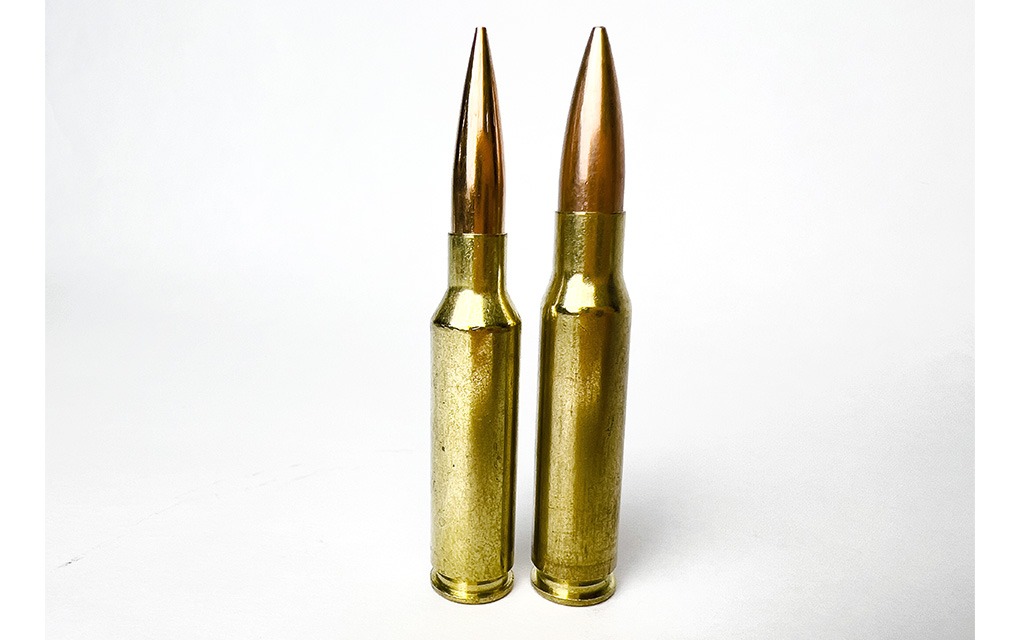

Deeply ingrained, established rounds like the .308 Win/7.62NATO, 9mm, .45 ACP—and 5.56 NATO—will never fade out in America in any of our lifetimes.
Editor’s Note: This article originally appeared in the January 2025 issue of Gun Digest the Magazine.
More On 5.56 NATO:


Next Step: Get your FREE Printable Target Pack
Enhance your shooting precision with our 62 MOA Targets, perfect for rifles and handguns. Crafted in collaboration with Storm Tactical for accuracy and versatility.
Subscribe to the Gun Digest email newsletter and get your downloadable target pack sent straight to your inbox. Stay updated with the latest firearms info in the industry.
Read the full article here

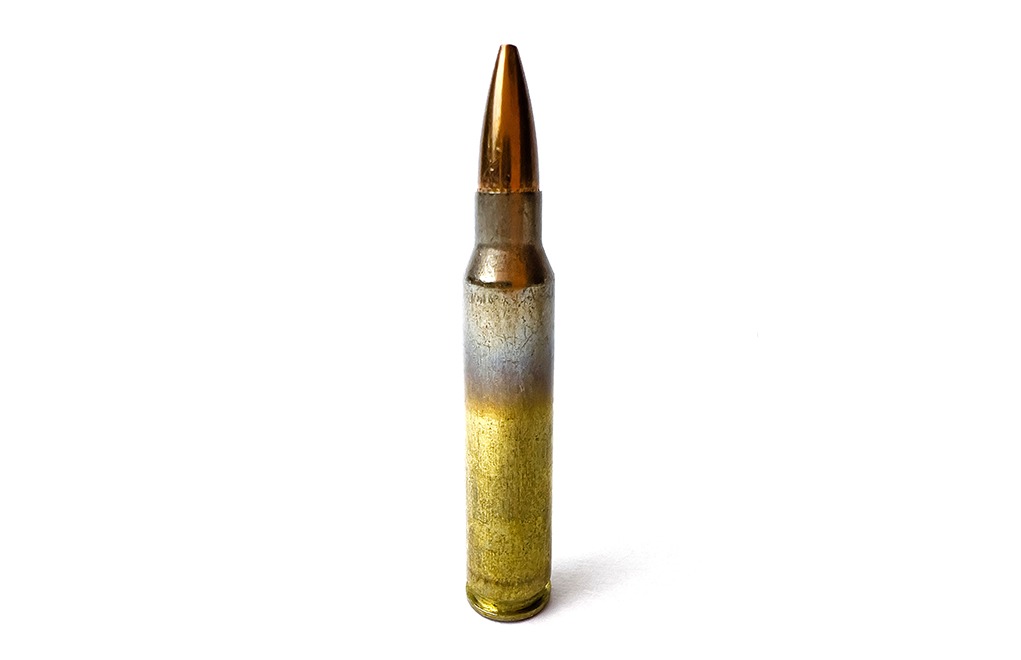



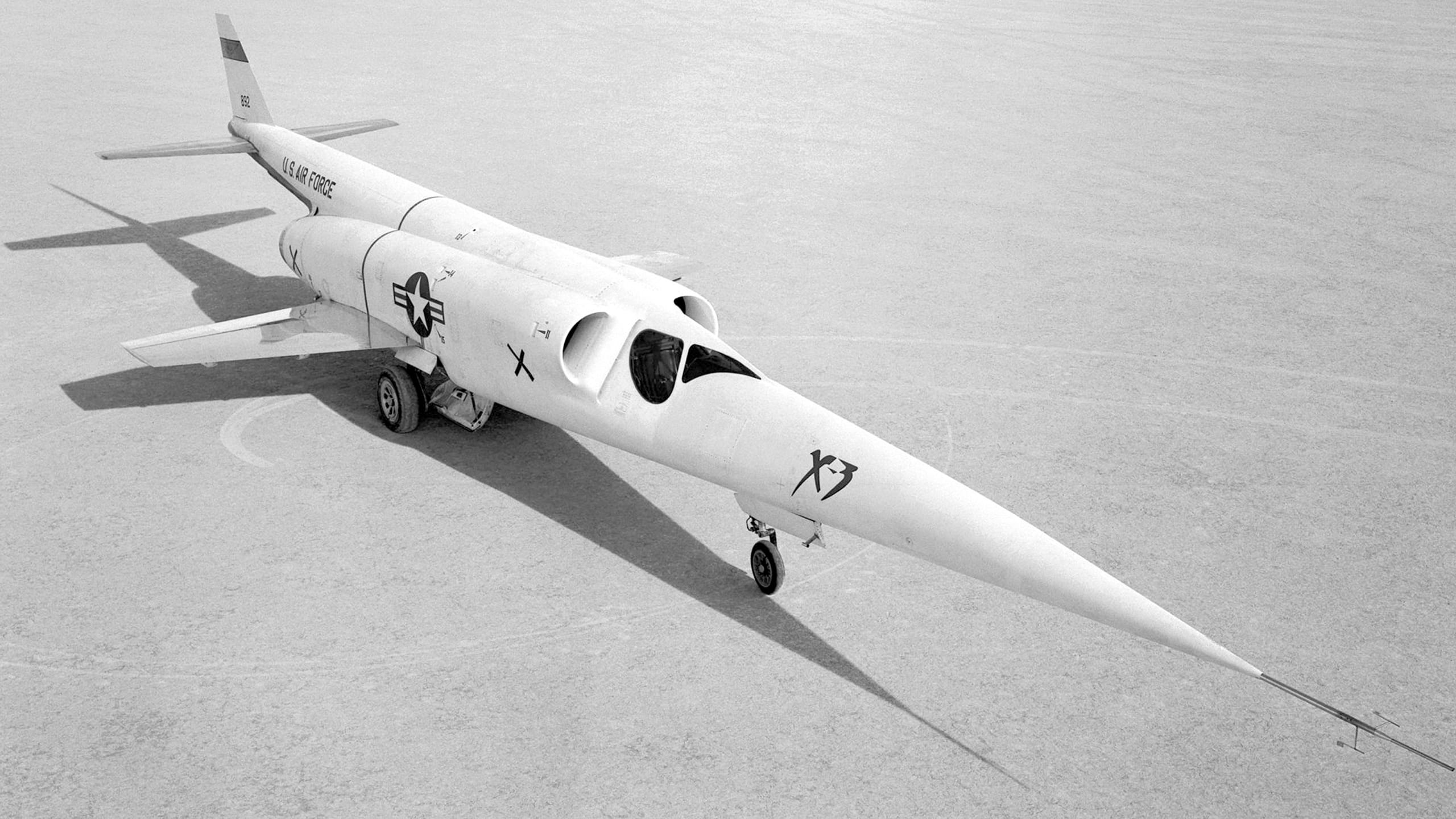


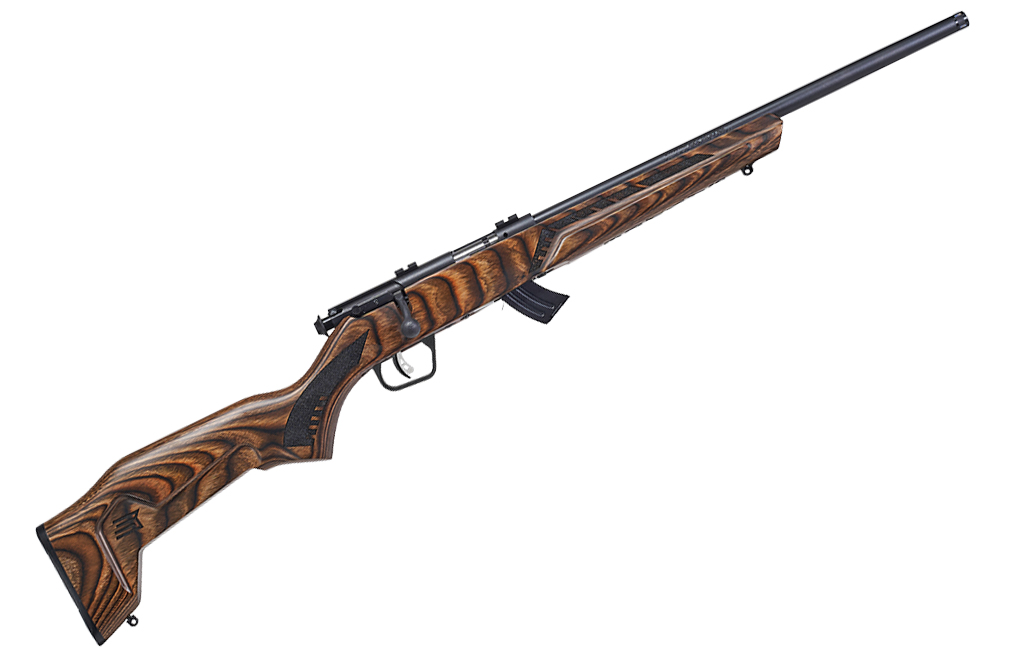
![KE Arms Shotgun Picatinny Stock Adapter [FIRST LOOK] KE Arms Shotgun Picatinny Stock Adapter [FIRST LOOK]](https://www.recoilweb.com/wp-content/uploads/2025/01/KE-Arms-Shotty-3.jpg)


Leave a Reply